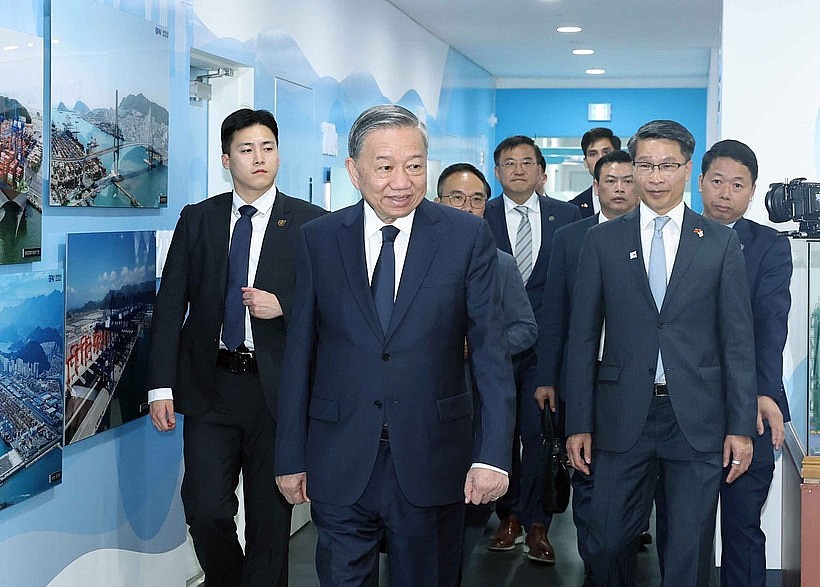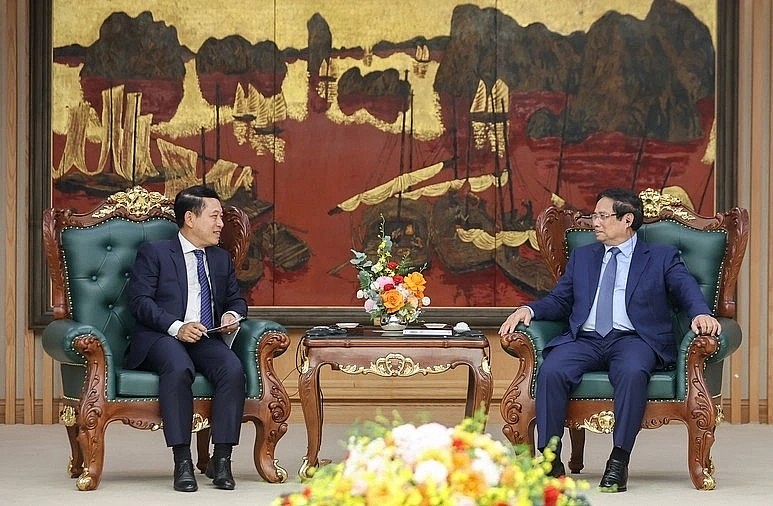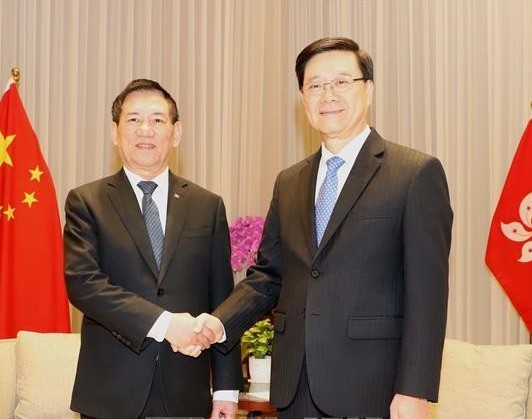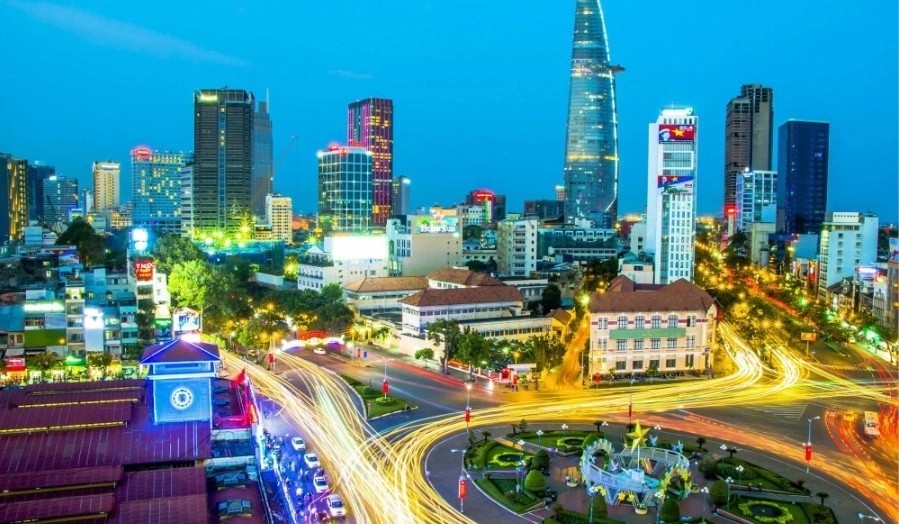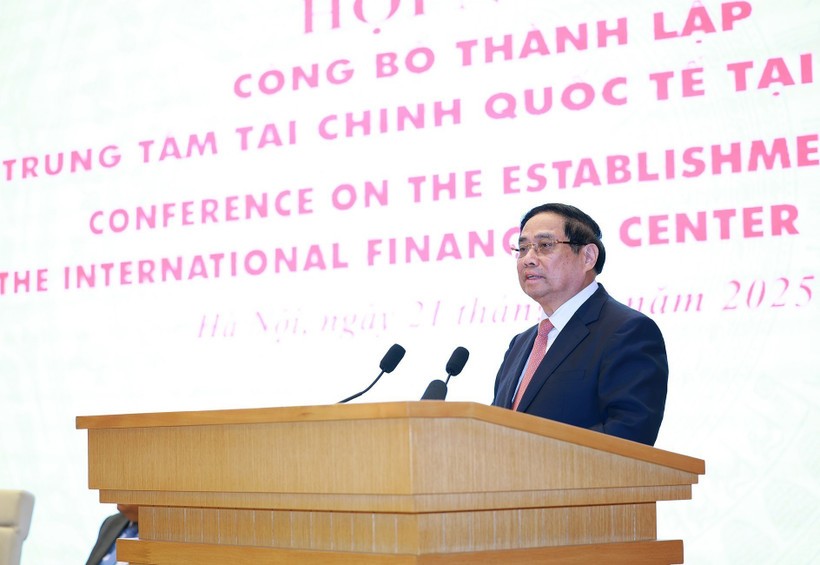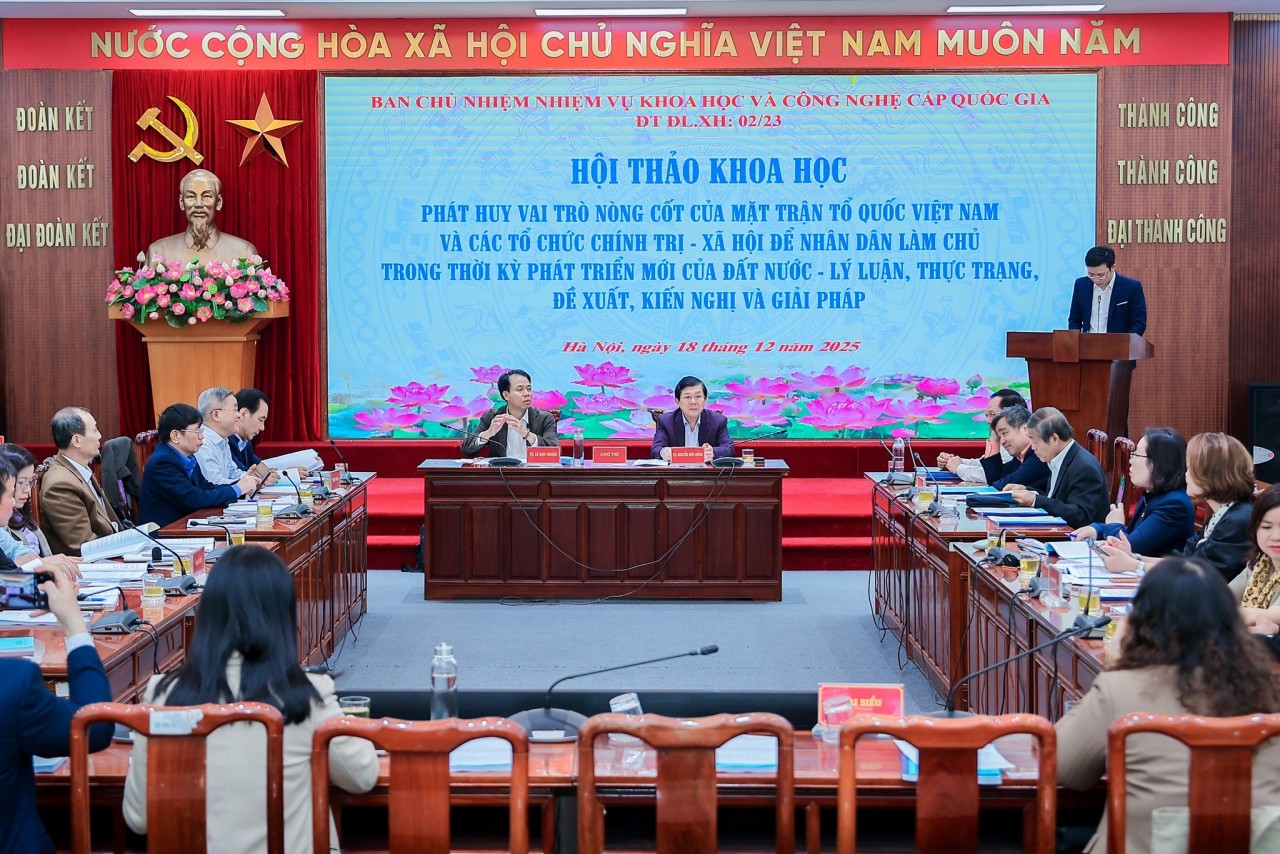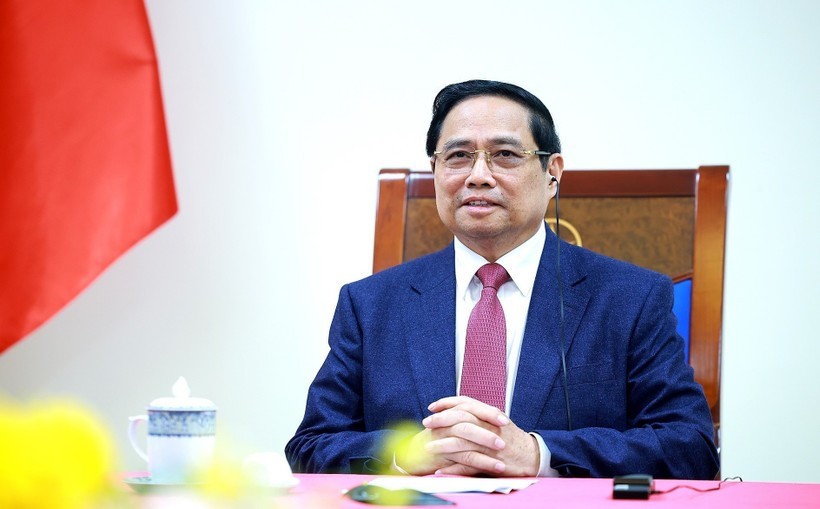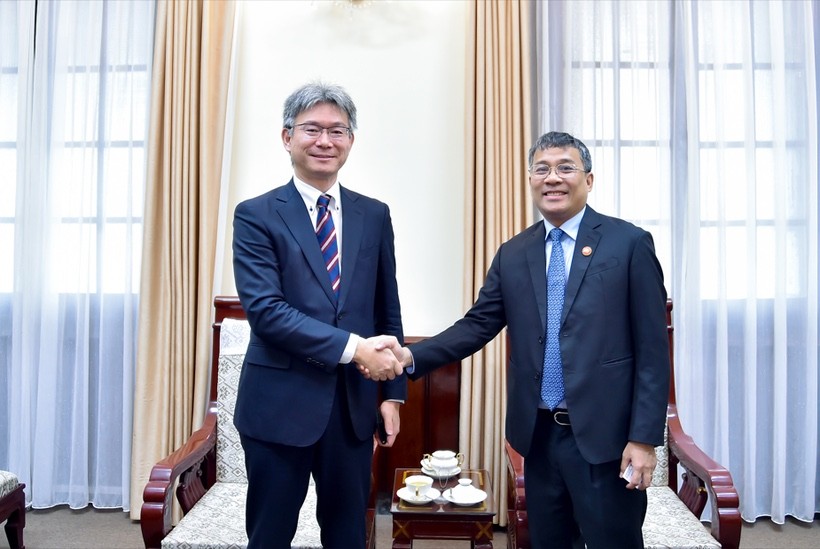Vietnam–Singapore relations: A valuable asset for both peoples
The Vietnam–Singapore relationship is a valuable asset for both peoples and a model of inter-state ties in the region, said Deputy Prime Minister Nguyen Chi Dung.
He made the remarks at a ceremony marking the 60th anniversary of Singapore's National Day in Ha Noi (August 9, 1965 – August 9, 2025).
On behalf of the Vietnamese Government, Nguyen extended congratulations to the Government and people of Singapore, as well as to Singaporean Ambassador to Vietnam Jaya Ratnam.
Six decades after gaining independence, Singapore remains a source of inspiration for many nations, including Vietnam. The city-state is seen as a model of aspiration, dedication to learning and innovation, meritocracy, disciplined society, and smart governance—guided by generations of leaders with a forward-looking vision. Overcoming numerous regional and global challenges, Singapore has transformed from a small fishing village into a modern nation and a prominent financial and economic hub, built on the courage, faith, and steadfast determination of its people.
Deputy Prime Minister Nguyen stressed that Vietnam–Singapore relations are deeply rooted in people-to-people ties. Having navigated the "rapids" of history and endured more than half a century of tests, the two nations now enjoy a stronger-than-ever bond. This is a precious legacy and a model for regional cooperation.
Today, Singapore is a key economic partner—Vietnam's second-largest foreign investor—and a trusted companion in the country's renewal, integration, and development. The network of Vietnam–Singapore Industrial Parks (VSIP), operating successfully across many provinces, stands as a symbol of "win–win" cooperation between the two governments and their business communities.
The two countries are also advancing their Green Economy–Digital Economy Partnership and the Framework for Connecting the Two Economies, breaking new ground in areas where their strengths align—such as science and technology, innovation, digital transformation, and energy transition. Tens of thousands of Vietnamese students and officials have trained in Singapore; hundreds of thousands of visitors travel between the two countries annually for tourism and business; and more than 30,000 Vietnamese currently live, work, and study in Singapore, VGP reported.
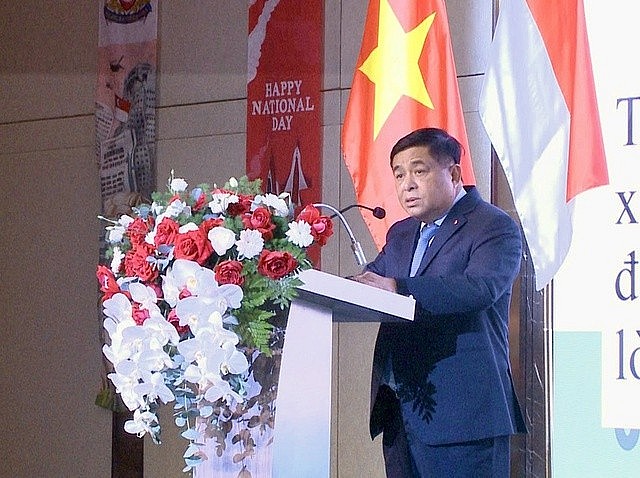 |
| Deputy Prime Minister Nguyen Chi Dung at the 60th anniversary of Singapore's National Day. |
Vietnam and Singapore also share common stances on many regional and international issues, cooperate actively, and support each other at multilateral forums. Both are committed to building a united and cohesive ASEAN, a stable and prosperous Asia, and a peaceful, thriving world.
Building on these shared values, in March 2025, the two countries officially upgraded their ties to Comprehensive Strategic Partnership during General Secretary of the Communist Party of Vietnam Central Committee To Lam's visit to Singapore with his spouse. This milestone coincided with two major anniversaries: Vietnam's 80th National Day and Singapore's 60th National Day.
The Comprehensive Strategic Partnership, the highest in Vietnam's diplomatic hierachy, creates fresh momentum to elevate bilateral cooperation in line with the aspirations of the two peoples and their leaders.
Addressing the event, Singaporean Ambassador Jaya Ratnam reviewed Singapore's six-decade journey of nation-building and reaffirmed Singapore's commitment to nurturing and deepening the Comprehensive Strategic Partnership between Vietnam and Singapore.
Vietnam on track to become Asia's next "tiger economy": AP
Vietnam is moving closer to its goal of becoming Asia’s next “tiger economy,” driven by strong reforms and a vision for ushering in “a new era of development” in the future, according to the US-based Associated Press (AP).
In its article published on August 13, AP wrote “Vietnam aims to get rich by 2045 and become Asia’s next “tiger economy” - a term used to describe the earlier ascent of countries and territories like the Republic of Korea (RoK) and Taiwan (China).
However, to achieve this goal, Vietnam must reconcile growth with reforms, while tackling challenges such as an aging population, climate change and institutional reform, the article wrote.
It noted that the pressure is mounting as the US - one of Vietnam’s largest trading partners - imposes tariffs on several economies, including Vietnam, over trade surpluses, a reflection of Vietnam’s astounding economic trajectory in recent times.
According to AP, in 1990, the average Vietnamese could afford about 1,200 USD worth of goods and services a year, adjusted for local prices. Today, that figure has risen by more than 13 times to 16,385 USD.
Vietnam’s transformation into a global manufacturing hub with shiny new highways, high-rise skylines and a booming middle class has lifted millions of its people from poverty. But its low-cost, export-led boom is slowing and the Southeast Asian nation faces a growing obstacle to its proposed reforms - expanding private industries, strengthening social protections and investing in technology and green energy - from climate change.
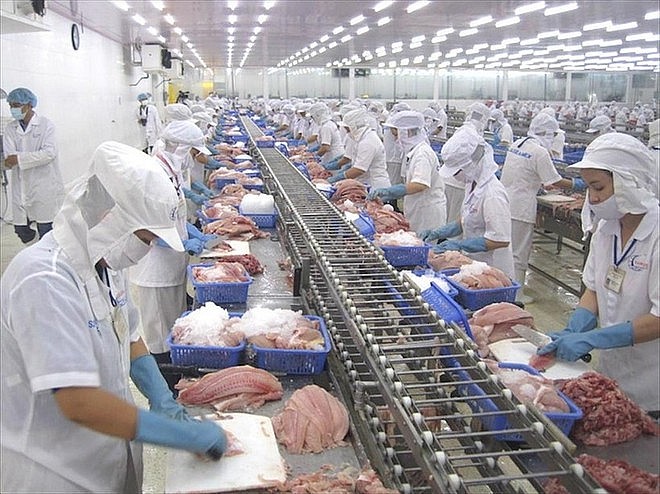 |
| Processing tra fish for export (Photo: VNA) |
A surge in foreign investment has helped Vietnam expand its export activities. Once-quiet suburbs have been replaced with industrial parks where trucks rumble through sprawling logistics hubs that serve global brands, the article said.
Vietnam ran a 123.5-billion-USD trade surplus with the US in 2024. Amid US President Donald Trump’s push to reduce trade deficits with other countries, the US administration imposed a 20% tariff on imports from Vietnam, potentially affecting some of the country’s key export sectors.
However, AP quoted former US Ambassador to Vietnam Daniel Kritenbrink as saying that Vietnam’s focus was on its tariffs compared to those of its neighbors and competitors. He noted that “as long as they’re in the same zone, in the same ballpark, I think Vietnam can live with that outcome.”
Vietnam was preparing to shift its economic policies even before the US’s tariffs threatened its model of churning out low-cost exports for the world, aware of what economists call the “middle-income trap,” when economies tend to plateau without major reforms.
The Southeast Asian nation is counting on high-tech sectors like computer chips, artificial intelligence (AI) and renewable energy, providing strategic tax breaks and research support in cities like Hanoi, Ho Chi Minh City, and Da Nang.
It’s also investing heavily in infrastructure, including civilian nuclear plants and a 67 billion-USD North–South high-speed railway, that will cut travel time from Hanoi to Ho Chi Minh City to eight hours.
Vietnam also aspires to become a global financial center, with its plan to set up two special financial centers, in bustling Ho Chi Minh City and in the central costal city of Danang, with simplified rules to attract foreign investors, tax breaks, support for financial tech startups, and easier ways to settle business disputes, the article said.
Underpinning all of this is institutional reform, it noted, adding that ministries are being merged, low-level bureaucracies have been eliminated and administrative units have been consolidated into regional economic centers with deeper talent pools.
In May, the Communist Party of Vietnam (CPV) passed Resolution 68, calling private businesses the “most important force” in the economy, pledging to improve the business environment, remove barriers, and create conditions for breakthroughs.
So far, large multinationals have powered Vietnam’s exports, using imported materials and parts and low cost local labor. Local companies are stuck at the low-end of supply chains, struggling to access loans.
The new policy prioritizes technology-investing enterprises, offers opportunities to participate in major projects such as the North–South high-speed railway. By 2030, Vietnam hopes to elevate at least 20 private firms to a global scale.
The country’s “golden population” window - when working-age people outnumber dependents - will close by 2039 and the labor force is projected to peak just three years later, the article said.
It cited experts, saying that that Vietnam needs to focus on expanding access to preventive healthcare, gradually raising the retirement age and drawing more women into the formal workforce would help offset labor gaps and promote “healthy aging”.
Vietnamese economy undergoes strong transformation with sound governance
The country's bold and effective development path has earned praise from international financial institutions, economists and diplomats amid global economic uncertainties.
From a largely agricultural economy with limited resources and low incomes, the nation has risen to become one of the world’s fastest-growing economies. Over the 40 years since the Doi Moi (Renewal) process, Vietnam’s GDP has increased nearly 100-fold. Per-capita income has risen from under US$100 to nearly US$5,000, lifting the country above the lower-middle-income threshold and toward the upper-middle-income group.
Mariam Sherman, Country Director of the World Bank for Vietnam, Cambodia and Laos, noted that Vietnam’s development rests on a solid foundation; since Doi Moi, the country has achieved notable growth and rapid poverty reduction, with extreme poverty falling from roughly half the population to about 1%, making Vietnam one of the fastest poverty-reduction success stories globally.
In its latest report, the ASEAN+3 Macroeconomic Research Office (AMRO) raised its 2025 growth forecast for Vietnam to 7%, the highest in the region and 1.4 percentage points above the second-ranked country. Beyond strong growth, Vietnam now ranks among the world’s top 20 economies by international trade volume. With a stable investment climate, Vietnam remains one of the top 20 destinations for foreign direct investment (FDI). Foreign firms have hailed Vietnam’s conducive business environment and the government’s proactive, responsive economic management amid global volatility.
Álvaro Pereira, Chief Economist of the Organization for Economic Co-operation and Development (OECD) in Vietnam, observed that few countries have impressed him as much as Vietnam. He attributed rapid income growth, with per-capita income roughly doubling every decade, to excellent macroeconomic management, sound government policies and strong popular drive.
He added that ongoing institutional reforms and administrative restructuring are already improving economic governance, noting the government’s active measures to streamline the apparatus, cut administrative procedures and revise legal frameworks to remove bottlenecks and facilitate business, VOV reported.
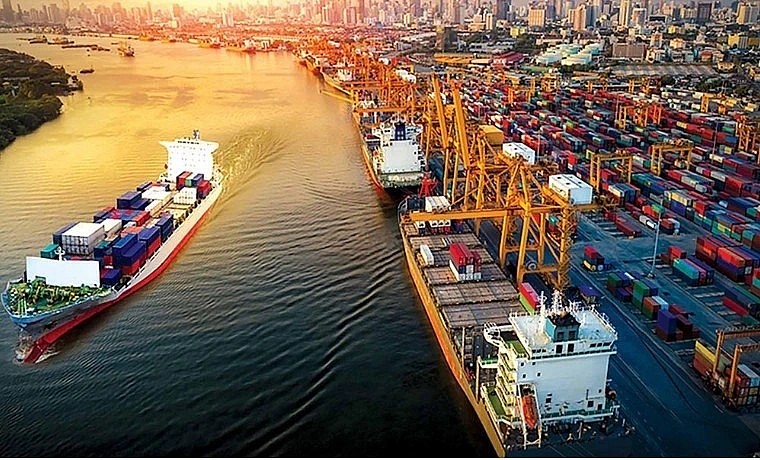 |
| Vietnam’s GDP in 2025 projected to grow strongly thanks to deep integration into global trade networks (Photo:tapchitaichinh.vn) |
Swiss Ambassador to Vietnam Thomas Gass remarked that implementing wide-ranging reforms in a short period is a major challenge, but Vietnam has managed it through cohesion between the government and the public.
South African Ambassador to Vietnam Vuyiswa Tulelo said that comprehensive national development requires leaders who act and the consensus of the people – a combination she sees in Vietnam. She highlighted Party General Secretary To Lam’s consistent commitment to sound directives and policies, and said that his foreign visits and official receptions have produced practical outcomes that ramp up substantive cooperation rather than mere ceremony.
International integration remains a central strategic direction. To date, Vietnam has concluded 17 free trade agreements with more than 60 economies, significantly widening cooperation space and export markets. Experts pointed to regional and global integration as a key factor sustaining Vietnam’s growth, particularly since its WTO accession in 2007.
Shatanu Chakraborty, Country Director of the Asian Development Bank in Vietnam, emphasized that Vietnam’s strategy to diversify trade partners and export markets while maintaining FDI inflows is well suited to current global challenges. He said trade and FDI continue to be powerful engines of growth and that the government’s current integration-oriented approach is a crucial step forward.
Against a volatile global backdrop, Vietnam faces a historic opportunity to accelerate its transition to a sustainable, innovative and inclusive economy. With macroeconomic stability, determined reform efforts and effective governance from central to local levels, the country is well placed to pursue a stronger leap forward.
The path ahead will include challenges, but with a clear vision for sustainable development and comprehensive integration, the country has solid grounds for confidence in its rising international standing.
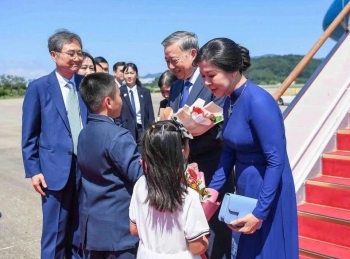 | Vietnam News Today (Aug. 11): Party General Secretary To Lam arrives in Seoul on state visit to Republic of Korea; FM outlines Vietnam’s vision for ... |

